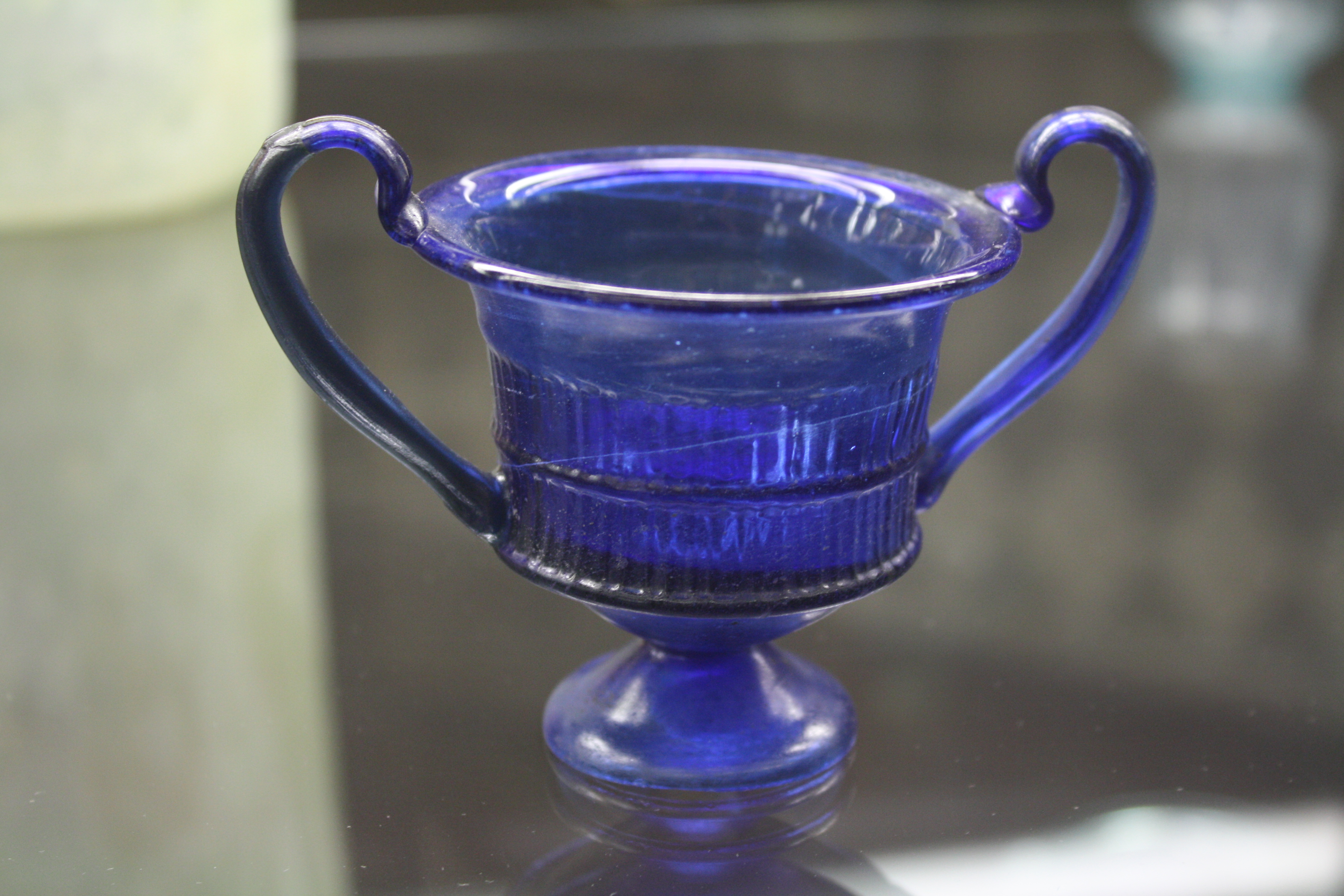How Many Lives Could an Inscription Live?
Thanks to our partnership agreement with the EAGLE Portal, Ancient History Encyclopedia (AHE) will be republishing select EAGLE stories, on a periodic basis, which illuminate special topics pertaining everyday life and culture in ancient Rome. We hope that you enjoy these ancient vignettes, and we also encourage you to explore EAGLE’s massive epigraphic database. When we think of ancient inscriptions we instinctively associate them with the idea of a message engraved in stone meant to be delivered to eternity. In theory, it was so also in the mind of the ancient Romans, but, as we know, theory does not always match practice: evidences from the whole of the Roman empire show that inscriptions suffered in antiquity a surprisingly high mortality rate, in some instances even higher than that of the Romans themselves.



